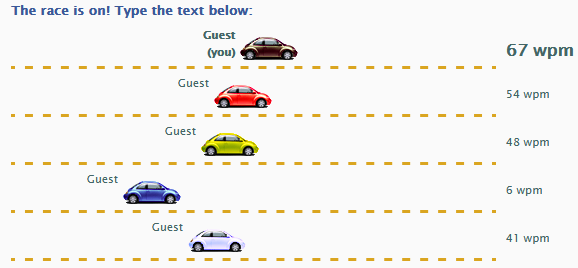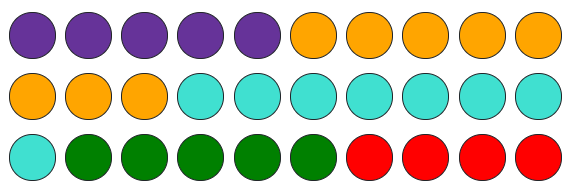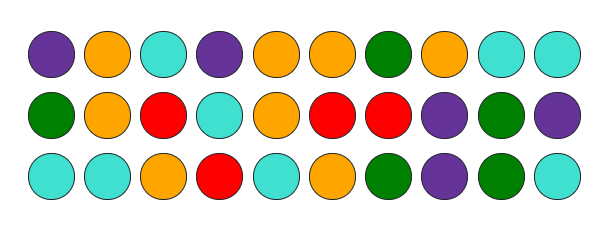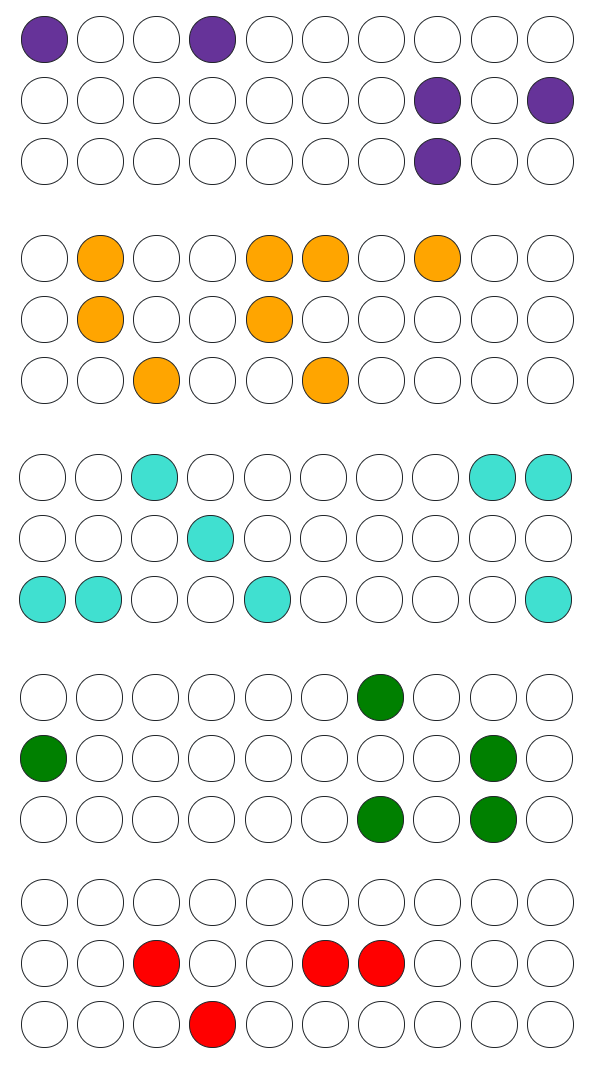The Magic Behind Incremental Writing: Spacing and Interleaving

Image by Free-Photos from Pixabay
As mentioned in Three Secret Sauces Behind the Magic of SuperMemo’s Incremental Reading, the magic of Incremental Reading is the spacing effect (essentially letting time pass) and interleaved effect (mixing reading material).
I believe the magic behind Incremental Writing is more or less the same, so this article is just recycling those ideas to explain Incremental Writing.
Typing As in Writing

Imagine each car represents an article. With Incremental Writing you develop and write on them simultaneously. Beware: it’s not “opening five Microsoft Word and write on them” kind of “simultaneously”. “Simultaneously” refers to the timeframe of one writing session (e.g., two hours). On a given writing session, you may be writing for article A, then article B, then article C. If you’re stuck on one particular article you may move on to the next. The writing process is sequential, but at the end of this writing session you’d have written for different articles. Your progress of any one article may be slow, but you’re making progress on all of them.
Gotta Write ‘Em All!
For example, if I open my writing collection in SuperMemo, I may be greeted with an article session from How to Learn About Meta-Learning, and if I have new books I’ll expand on the book list. After that, SuperMemo may show me one article session from My Biggest Productivity Hack so I’ll further elaborate upon that part; then maybe another session from What to Do After Creating Extracts? and if my thinking on the subject has changed I may update the content.
SuperMemo’s “long-term scheduling system” makes sure I write on some of them every day. More importantly, I’m guaranteed to produce: sometimes it may be just as little as refining one sentence, othertimes I might spend hours pouring out ideas. If I’m empty, blank or stuck for any one article, I don’t stare at the blank cursor; instead I just move on to the next article that SuperMemo shows me. SuperMemo will handle the scheduling so I’ll go back to the “stuck article” and try again next time.
System: Writing Every Day; Implementation: Incremental Writing
There is a popular notion that artists work from inspiration—that there is some strike or bolt or bubbling up of creative mojo from who knows where… but I hope [my work] makes clear that waiting for inspiration to strike is a terrible, terrible plan. In fact, perhaps the single best piece of advice I can offer to anyone trying to do creative work is to ignore inspiration.
David Brooks summarizes this reality more bluntly: “[Great creative minds] think like artists but work like accountants.” Deep Work
“Inspiration is for amateurs—the rest of us just show up and get to work.” - Chuck Close
You may think the concept of Incremental Writing contradicts with the above notion, but I think they complement each other. Let me explain.
Incremental Writing introduces some kind of enforced creativity and flexibility into the writing process. As described in Incremental Writing: No More Writer’s Block, there is a spacing period before I’ll write on the same article again. It makes sure that when I do write on it the next time, I will do so with a pair of fresh eyes. For example, it was 20 days before I touched upon this very article again. I got confused by my own words, which was good because it got me to refine my sentences, delete some parts, further elaborate on other parts, and move different parts around for coherence. Incremental Writing doesn’t mean I stop writing during the 19-day interim period. Instead I work on other articles and come back to it 20 days later.

If you’re a professional writer, you write every day. There’s no question about it. Your writing regimen should be rigid: i.e., writing every day (maybe even at the same time and location), but how and what you do during the writing time is a different matter. “Letting inspiration hits” by opening Microsoft Word and staring at the horrifying cursor with a blank mind isn’t a good strategy. Instead, if you opt for Incremental Writing (and if circumstances allow), you write on multiple parts on one given day: it can be different sessions of the same article; it can be different articles. You don’t enforce the rule of “finishing each article before moving on”. You may not write on the same article every day, but you surely write on some of them every day.
Borrowing the images again from my last article: a traditional approach might be spending consecutive days writing intensely on one particular article, from start to finish before moving on:

Incremental Writing:

The end result is the same for both approaches: 5 articles written by the end of the month. But for Incremental Writing you’ll spend one month for each article. The timespan is stretched for each article. You’ll see if we isolate on each article:

There is breathing room before you’ll write on the same article so inspiration is much more likely to hit. In this way I’m indeed waiting for inspiration to hit, but I’m also being productive writing on other articles while letting the inspiration to simmer in the background. New ideas and better explanations are much more likely to hit after letting the brain rests and simmers for some time. This is spacing effect and interleaving effect applied to writing.
Essentially, “writing every day” is the system, but Incremental Writing is the creativity and flexibility introduced to guarantee the best possible work.
What If I Only Need to Write One Article?
Even if you don’t need to work on multiple articles, you can still use Incremental Writing for just one article: writing each session in a non-linear sequence. For example, if you’re working on an essay, the sequence of proofreading may be: argument 3 –> Conclusion –> argument 1 –> argument 2 –> Introduction. It has been my experience that different parts will be more coherent and interconnected.
However, just like Incremental Reading, you need to hit a certain point of critical mass to fully benefit from SuperMemo’s scheduling system. If you only have 10 flashcards, it doesn’t matter if you use SuperMemo or Anki or even the Leitner System.